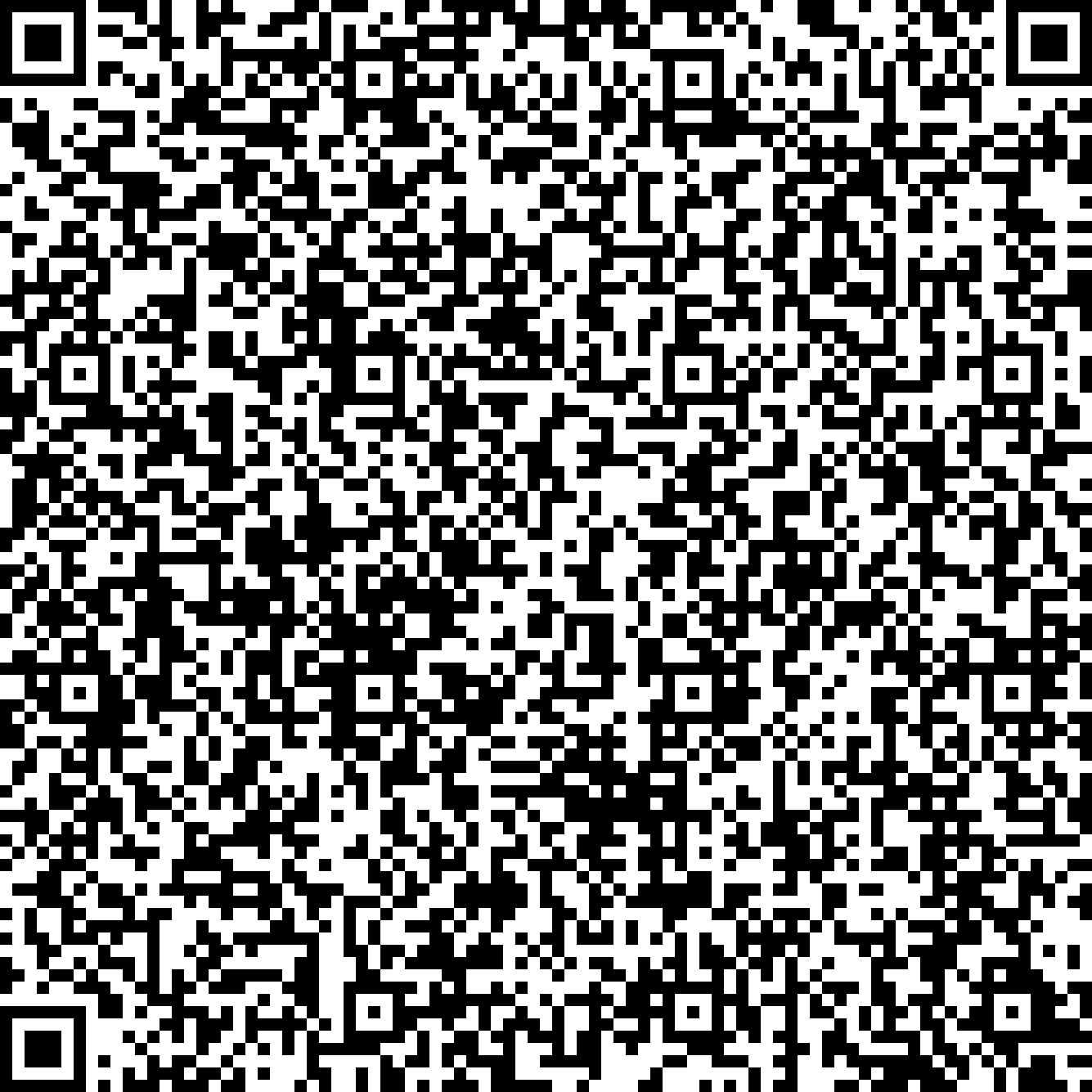

In the first of the talk, we focus on inducing ultra-strong electric fields in 2D materials. To achieve this, we consider a new type of heterostructure: a 2D material with donor molecules on one side and acceptor molecules on the other. The charge transfer between the molecules generates an electrical field inside the 2D material. We experimentally measure the field produced by this “molecular gating” and show that it reaches > 4V/m, the highest field measured in a solid-state device. We then explore the effect of this intense field. We demonstrate that the field suffices to modify and eventually completely close the bandgap in bilayer 2D semiconductors driving a semiconductor-to-metal transition. We also show that the field lifts degeneracies between excitons in semiconductor 2D bilayer and brings different excitons into resonance. Finally, we demonstrate new types of excitonic states that arise because of that.
In the second part of the talk, the focus is on controlling the strain state of high-quality 2D materials at cryogenic temperatures. We will show that transport, valley properties, lifetimes, and couplings between different types of excitons in 2D semiconductors from the group of transition metal dichalcogenides (TMDs) can be tuned by strain engineering. We will discuss strain engineering approaches to control the strain tensor in TMDs in situ at cryogenic temperatures. I will discuss the induction of controlled uniaxial, biaxial, and spatially non-uniform strain distributions. We will use uniform mechanical strain engineering to demonstrate a new type of excitonic state with unique properties that does not exist in unstrained material. That state results from the hybridization between two ordinarily distinct classes of excitons – “dark” free excitons characterized by very long lifetimes but low oscillator strength and localized excitons featuring high oscillator strength but low density. We use experimental and theoretical tools to prove that the hybridized state combines the advantages of the underlying species making it uniquely suitable, e.g., for storing quantum information.
Prof. Dr. Kirill Bolotin is an expert in the field of electron transport and optoelectronics of two-dimensional materials. He received his Bachelor’s degree from the Moscow Institute of Physics and Technology in Russia, and his Masters/PhD degree from Cornell University, USA (with Dan Ralph). After a postdoctoral position at Columbia University, USA (with Philip Kim and Horst Stormer) he moved to an Assistant Professorship position at Vanderbilt University, USA. Since 2015, he has been a Professor of Physics at the Physics Department, Freie University Berlin, with a focus on electrical transport in 2D materials. His main results include the discovery of the fractional quantum effect in graphene, the demonstration of strain-engineering of 2D MoS2, the first measurements of the exciton binding energy in 2D MoS2, the discovery of the renormalization of the elastic constants of the 2D materials, the discovery of excitonic conversion in strained 2D semiconductors. He was awarded the US NSF Career Award (2010), the Sloan Foundation award (2011), and the ERC starting grant (2016).


In the first of the talk, we focus on inducing ultra-strong electric fields in 2D materials. To achieve this, we consider a new type of heterostructure: a 2D material with donor molecules on one side and acceptor molecules on the other. The charge transfer between the molecules generates an electrical field inside the 2D material. We experimentally measure the field produced by this “molecular gating” and show that it reaches > 4V/m, the highest field measured in a solid-state device. We then explore the effect of this intense field. We demonstrate that the field suffices to modify and eventually completely close the bandgap in bilayer 2D semiconductors driving a semiconductor-to-metal transition. We also show that the field lifts degeneracies between excitons in semiconductor 2D bilayer and brings different excitons into resonance. Finally, we demonstrate new types of excitonic states that arise because of that.
In the second part of the talk, the focus is on controlling the strain state of high-quality 2D materials at cryogenic temperatures. We will show that transport, valley properties, lifetimes, and couplings between different types of excitons in 2D semiconductors from the group of transition metal dichalcogenides (TMDs) can be tuned by strain engineering. We will discuss strain engineering approaches to control the strain tensor in TMDs in situ at cryogenic temperatures. I will discuss the induction of controlled uniaxial, biaxial, and spatially non-uniform strain distributions. We will use uniform mechanical strain engineering to demonstrate a new type of excitonic state with unique properties that does not exist in unstrained material. That state results from the hybridization between two ordinarily distinct classes of excitons – “dark” free excitons characterized by very long lifetimes but low oscillator strength and localized excitons featuring high oscillator strength but low density. We use experimental and theoretical tools to prove that the hybridized state combines the advantages of the underlying species making it uniquely suitable, e.g., for storing quantum information.
Prof. Dr. Kirill Bolotin is an expert in the field of electron transport and optoelectronics of two-dimensional materials. He received his Bachelor’s degree from the Moscow Institute of Physics and Technology in Russia, and his Masters/PhD degree from Cornell University, USA (with Dan Ralph). After a postdoctoral position at Columbia University, USA (with Philip Kim and Horst Stormer) he moved to an Assistant Professorship position at Vanderbilt University, USA. Since 2015, he has been a Professor of Physics at the Physics Department, Freie University Berlin, with a focus on electrical transport in 2D materials. His main results include the discovery of the fractional quantum effect in graphene, the demonstration of strain-engineering of 2D MoS2, the first measurements of the exciton binding energy in 2D MoS2, the discovery of the renormalization of the elastic constants of the 2D materials, the discovery of excitonic conversion in strained 2D semiconductors. He was awarded the US NSF Career Award (2010), the Sloan Foundation award (2011), and the ERC starting grant (2016).